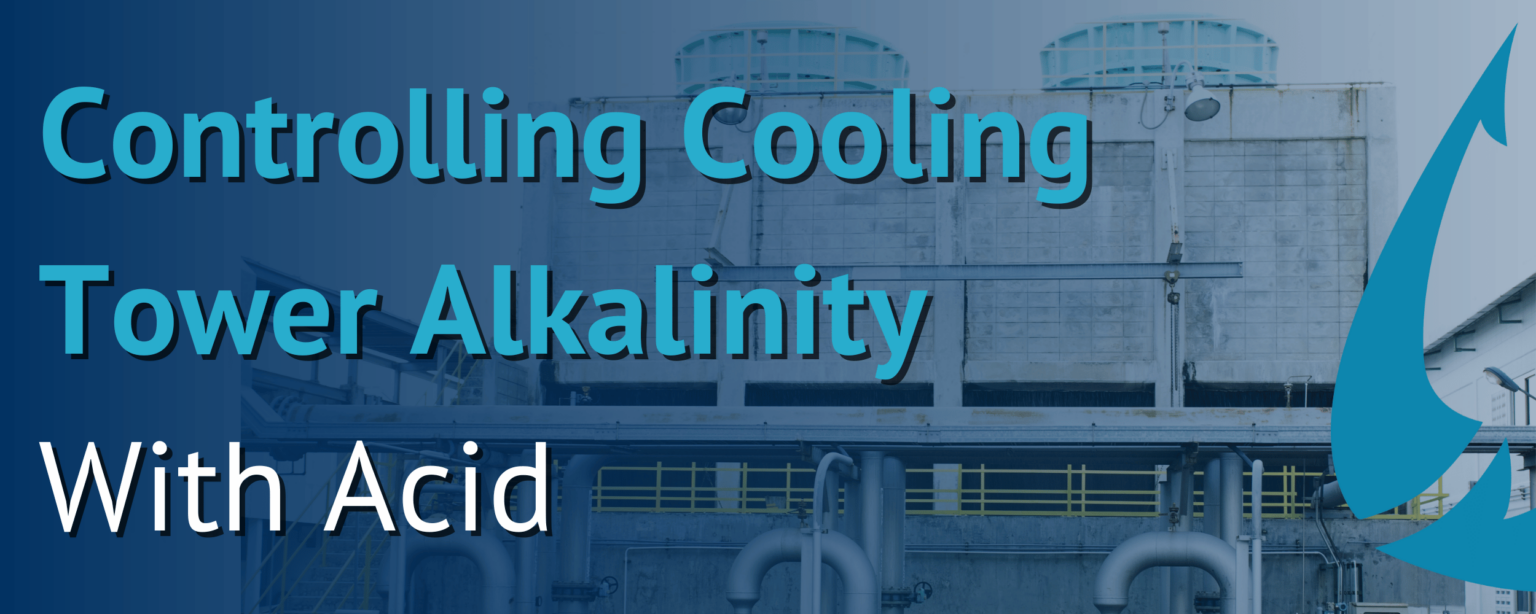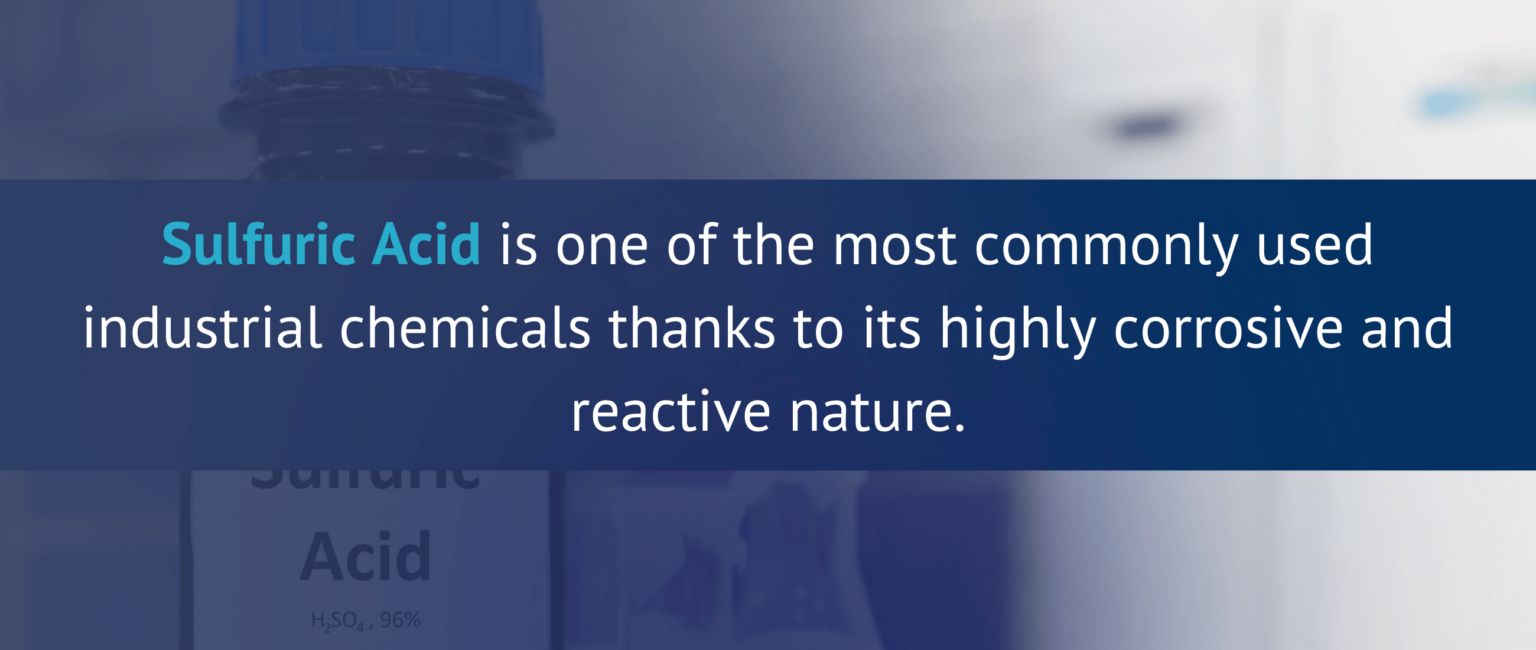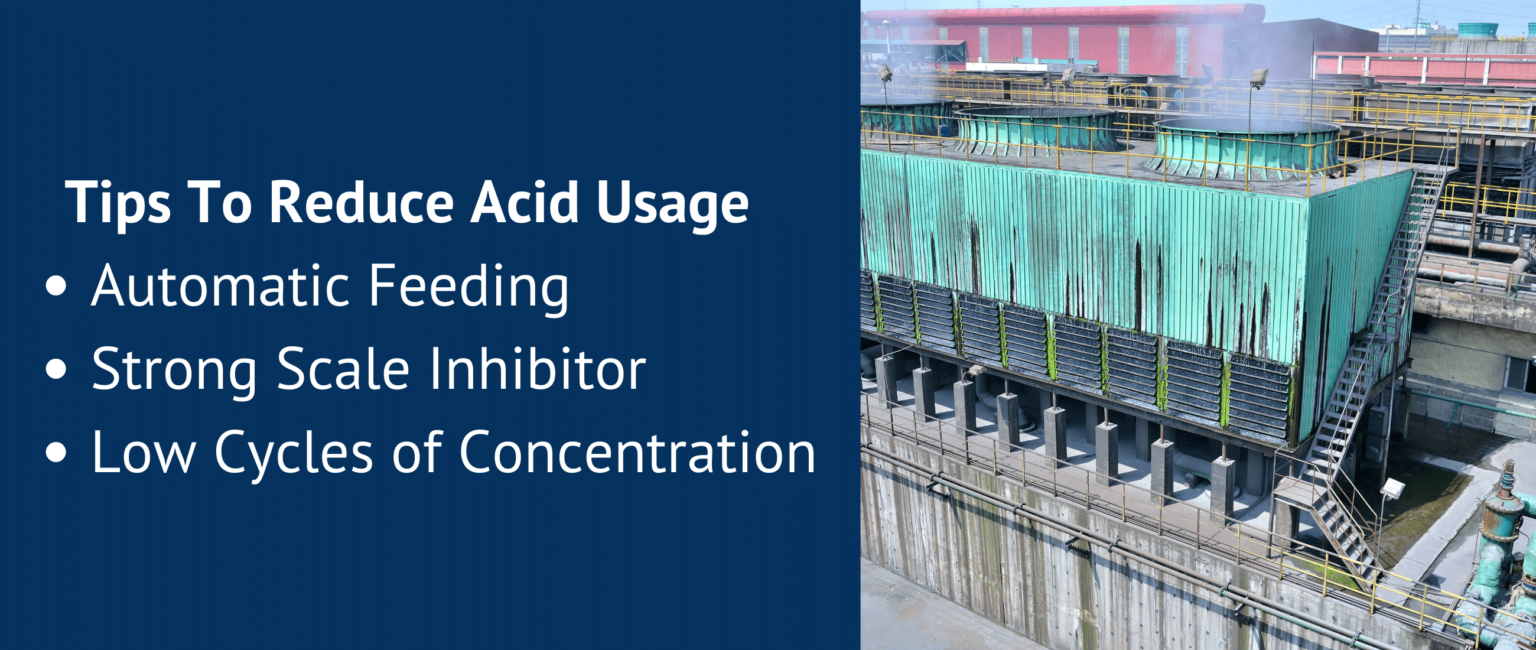
Acids are useful cooling tower chemicals for controlling alkalinity / pH balance and reducing the risk of scaling. Efficiency of water usage in cooling towers can be measured in cycles of concentration. As pure water evaporates from the cooling tower, the dissolved solids in the water remain behind and steadily increase in concentration. The ratio of the concentration of dissolved solids in the cooling tower water to the concentration of dissolved solids in the make-up water is referred to as “cycles of concentration.” The composition of the make-up water determines how many cycles of concentration may be attained in a cooling tower. When the concentrations of calcium and alkalinity are high in the make-up water, the number of cycles of concentration is limited by the solubility and possible precipitation of the calcium carbonate scale. Water and sewer savings are significant at higher cycles of concentration. If make-up water is limiting your system to less than 3 cycles, the acid feed may provide a more economical operation for your cooling tower.

Adding acid to the cooling tower water neutralizes alkalinity and prevents the scale from precipitating. The fundamental reaction is shown below:
Formula: H2O + CO3 + H2 SO4 = H2O + CO2 + SO4
Sulfuric acid is the most common type of acid utilized in cooling tower water. Sulfuric acid reacts with natural carbonate alkalinity in the water to form carbon dioxide which is dispelled to the atmosphere and an all-natural compound called sulfate. These byproducts are not regulated for discharging to a sanitary sewer system. They will not harm the cooling tower system or the environment.
The amount of acid required depends on the alkalinity of your make-up water and your desired cycles of concentration. You will need to add enough acid to the tower water to neutralize the alkalinity to a point where the desired Saturation Index can be achieved once the alkalinity in the make-up cycles up. This will require you to consider what the alkalinity will be once the make-up water has cycled up and after the acid is added. Use the following formula to determine the amount of acid your cooling tower will require:
Formula: Gallons of NC-200 Per 100 Gal Make-Up = (Initial M-Alk – Desired M-Alk)(0.00014) / Cycles
It is important to understand that the “Initial M-alk” is the alkalinity in the cycled-up system. This is dependent on many factors and will vary from water source to water source. To safely calculate the initial m-alk, simply multiply the makeup alkalinity times the number of cycles desired times a factor of 0.5. Run with this initial setting until the tower reaches the desired cycles, then see if you need to increase the acid feed to remove additional alkalinity. You will use half as much 66° sulfuric acid if you choose to use this concentrated product.

Without acid, your alkalinity and pH balance will not be optimal. If acid is particularly expensive for your needs, there are a few strategies you can implement.
Automatic feeding is a useful way to measure alkalinity in the water and feed chemicals as needed. This tailors it specifically to your water needs and reduces overfeeding. Quality flow switches with pH and conductivity sensors are needed with your automatic feeders.
Strong scale inhibitor chemicals can aid in the slowing or prevention of scale in your cooling tower system.
Lowering cycles of concentration could make sense if your water costs are not as much of an issue as your water. The more cycles your tower water has, the more scale precipitates will form. However, higher concentrations of water can be achieved with minimal acid usage if you have an optimal cooling tower water treatment plan.
Chardon Labs has over 55 years of cooling tower water treatment experience. Let us handle your water treatment chemical dosing, remote monitoring, testing, controlling scale and rust, and all of your other chemical water treatment needs! Fill out a contact form or call (800) 848-9526.